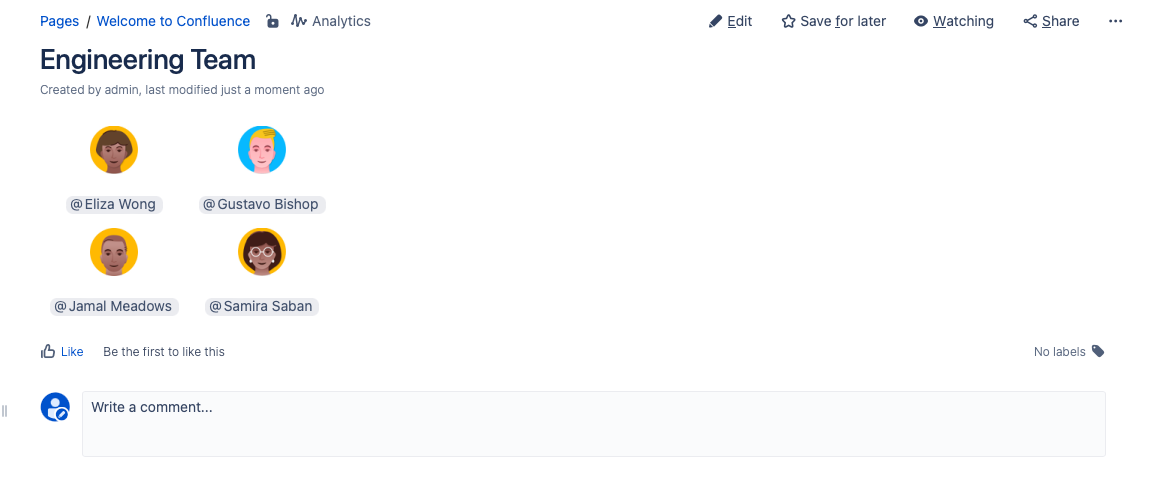ScriptRunner for Confluence has created ways to automate clearing out old content so that your instance performance doesn't slow down and your users can find the information they're looking for.
Be alerted of old content 🛎️
We have created two scripts to help you identify old content so you can decide if it needs to be archived/deleted or updated.
Add Label to Outdated Pages
- Use this Example Script to add a label to pages older than a particular timespan using the Script Console or a CQL Escalation Service Job.
- Search for that label using Enhanced Search.
- Review the old pages returned by the search and act, if necessary.
Old Content Notifier Jobs
- Use this job to check pages and their descendants using a CQL clause to determine if there are any inactive pages.
- Review the old content and act, if necessary.
Bulk delete pages
If you've created pages in your Confluence instance that are no longer needed, use the Delete Pages built-in script.
You can use the Example Script Remove Archived Space to remove any archived spaces that have not been updated for over a year.
Bulk update macros
Use the Update Macro built-in script to update macro parameters in bulk within your Confluence instance.
Bulk update pages in a space
The following Example Scripts are available to work with multiple pages in your space all at one time:
Delete old content
Use the Automate the Removal of Old or Inactive Content Example Scripts to regularly sweep your instance for pages that haven't been updated in a specified period of time and trash them.
To delete outdated Confluence content other than pages, use the following scripts:
Delete old attachments
Delete old comments
Delete old versions
Delete trash 🗑️
There are two ways to bulk purge trash:
Fix links
Use these scripts to fix links in your Confluence instance:
Manage user content
Use the Change Content Author Built-In Script to change the original Created By author of Confluence content, like pages, blog posts, comments, and attachments. You can use this script if someone is leaving your organization, and they need to hand over pages they created and managed to another user. Or if labels are used by creator for searching and indexing.
Synchronize content
If you have one page set up that needs to be mimicked across different pages, ScriptRunner has four Example Scripts to help you synchronize different content between pages:




